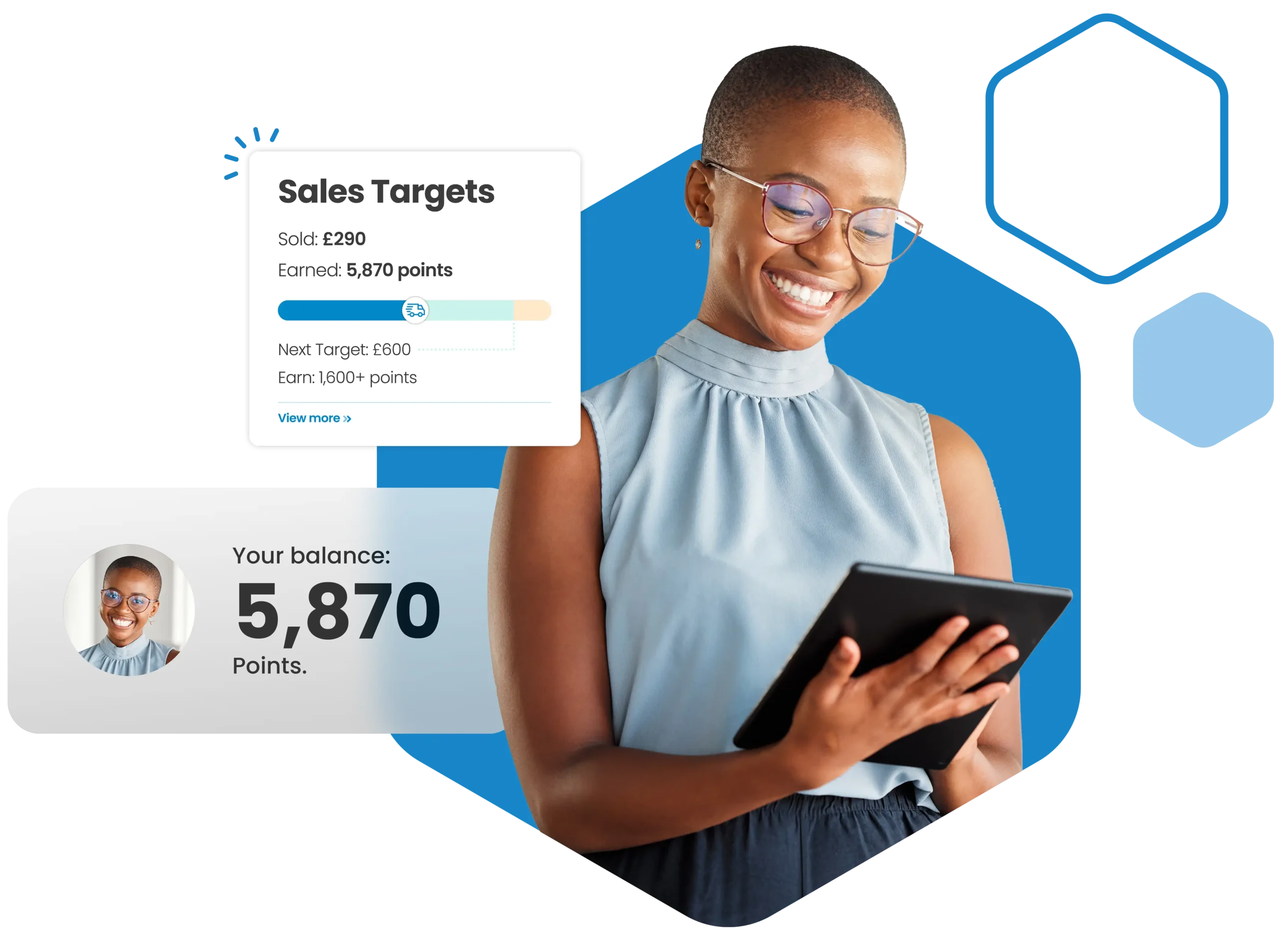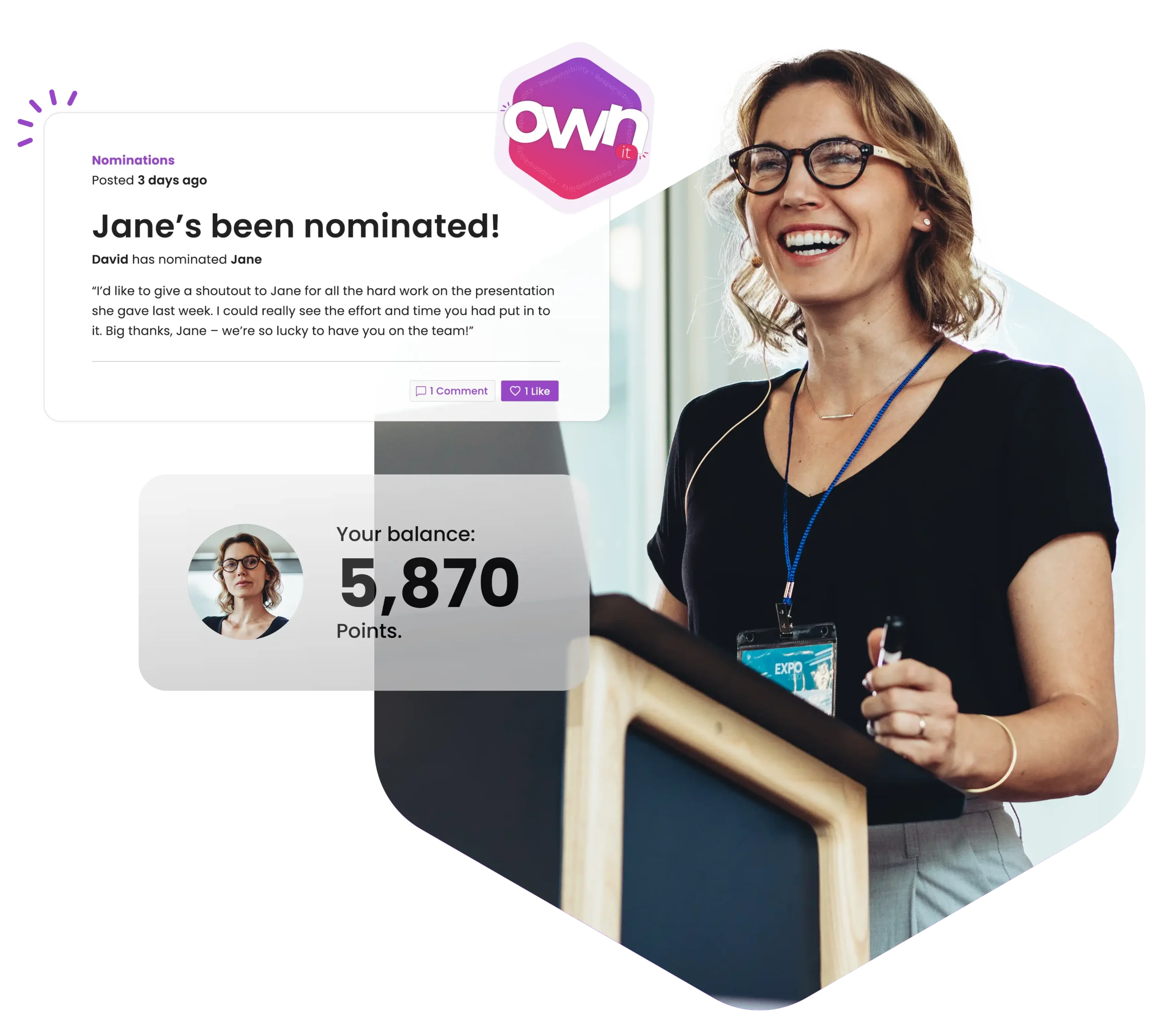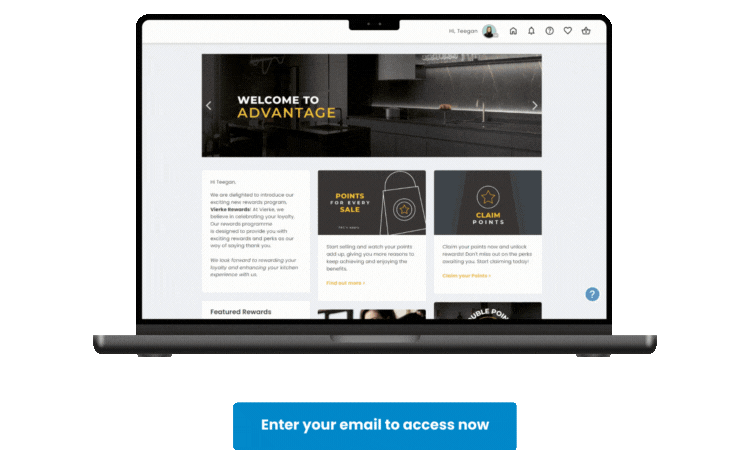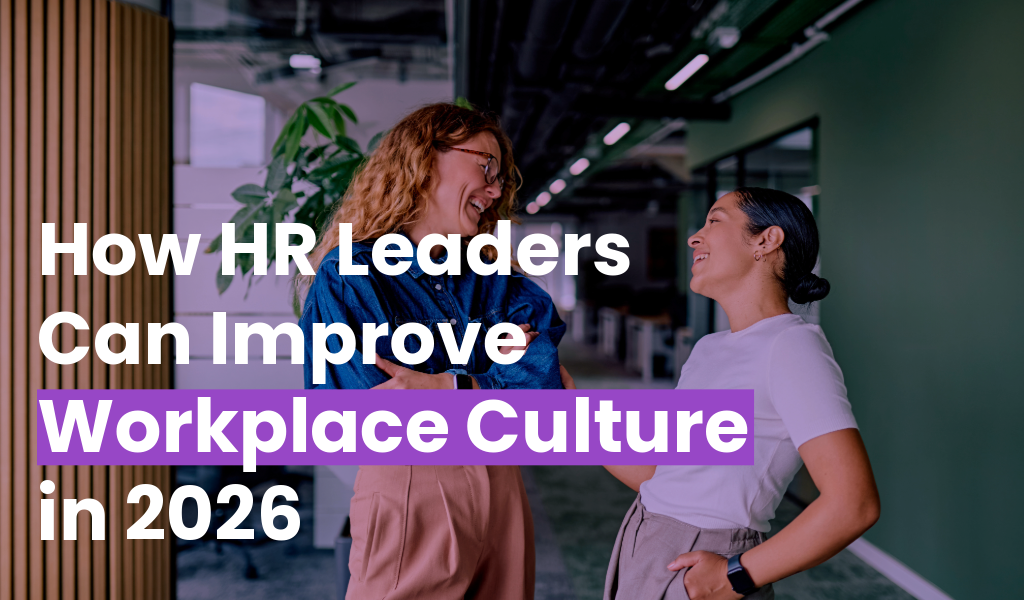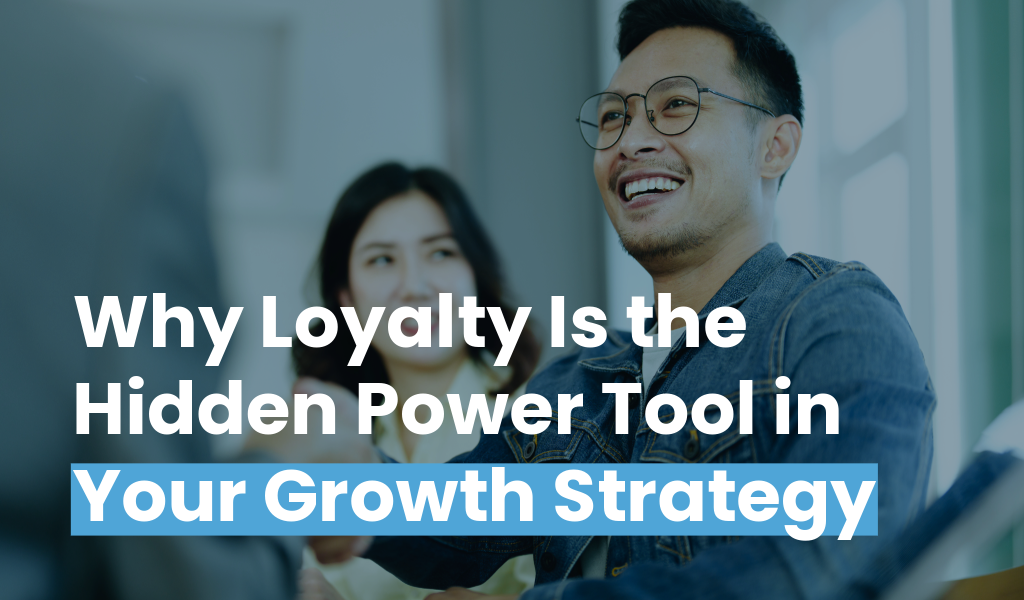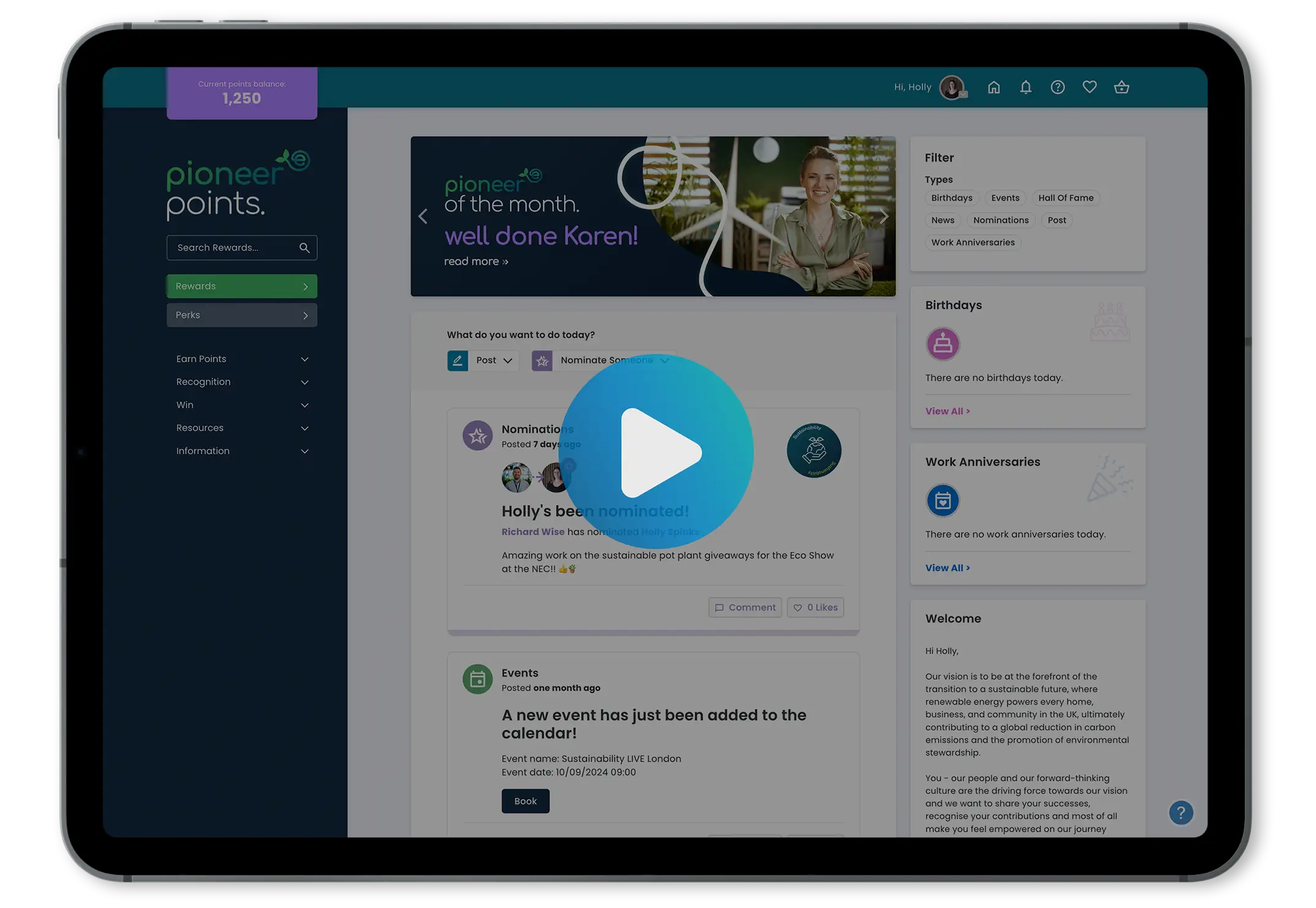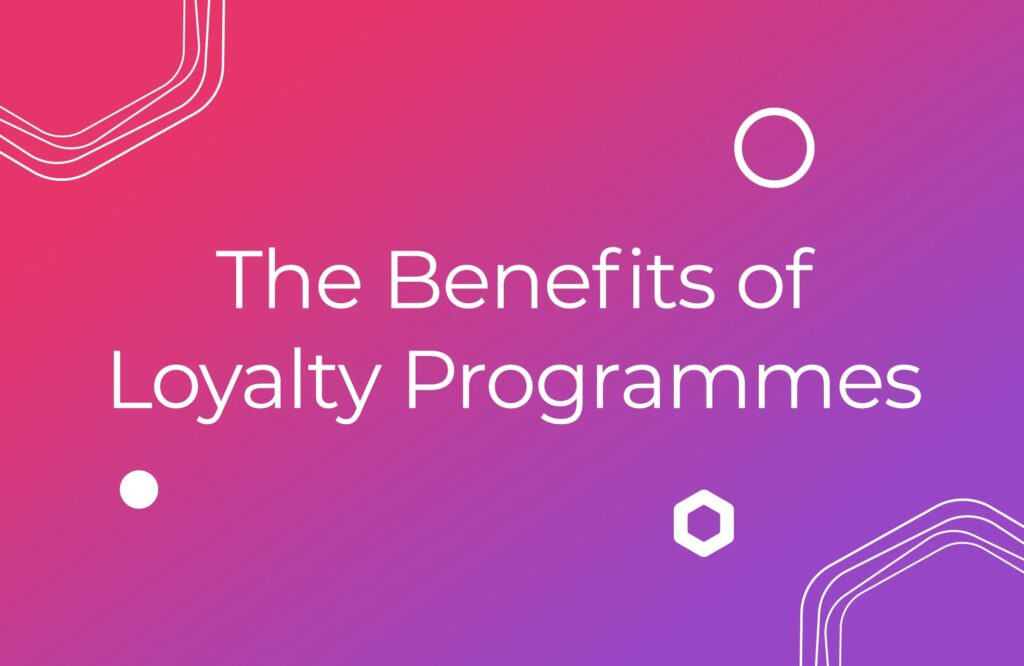


Loyalty programmes have become a cornerstone of modern brand experiences, offering countless benefits beyond simply retaining the most loyal customers. In an era where consumers are faced with an abundance of choice both physically and online, customer loyalty programmes serve as powerful tools to foster brand loyalty and drive sustained profitability.
By offering incentives for repeat business, these programmes not only strengthen the bond between the two parties but also offer valuable insights into what makes consumers tick.
It’s about creating a relationship where both parties thrive.
Customers get to enjoy exclusive perks and rewards which makes them feel appreciated and in return, businesses gain a valuable competitive edge in a bustling marketplace.
In this blog, we’re going to look at some of the key benefits as to why you should consider starting up a customer loyalty programme.
Skip to:

What are the benefits of customer loyalty programmes?
The benefits of customer loyalty programmes range from boosting customer retention, increasing customer lifetime value (CLV) and strengthening your employer brand, to driving advocacy and referrals, better customer insights and cost efficiencies.
If you get your loyalty initiative right, here’s what you can expect:
 Greater customer retention
Greater customer retention
Retaining customers is critical for businesses to stay afloat, but involves a deliberate effort to keep existing customers engaged.
From an economic standpoint, acquiring new customers can be costly, often surpassing the investment’s actual returns. This is where loyalty programmes stand out as a key weapon in keeping hold of the customers that are already in the net, so to speak.
Structured incentives encourage customers to remain faithful to a brand. And these can take the form of discounts, exclusive access, or tangible rewards, providing customers with reasons to choose the same business repeatedly to transform one-off buyers into regular patrons.
Therefore, the more times they buy and receive rewards, the higher the possibility they’ll choose to shop with the brand again. And the cycle continues.
By offering really intriguing incentives, businesses create a barrier that makes it less tempting for customers to explore alternatives. Think of it as a calculated move to ensure customers perceive a high value in their ongoing relationship with a brand and convince them not to shop elsewhere.
 Increased Customer Lifetime Value (CLV)
Increased Customer Lifetime Value (CLV)
While a company may have to make a relatively small investment in offering discounts and perks to customers as part of a loyalty programme, it’s a smart move to boost the business’ bottom line through increased Customer Lifetime Value (CLV).
While the term may sound fancy, it simply means that when customers feel appreciated, they’re more likely to spend more and make repeat purchases.
Think of it like finding a favourite café. You keep going back for more, not just for the tasty treats on offer, but to enjoy the whole experience. You have a stamp card/app for every time you buy a coffee – and in the end, you’ll earn a free drink. Over time, you spend more because you get to know the menu off by heart and you almost feel at home. What’s more, you know you’ll also get rewarded the more times you visit.
Loyalty programmes also provide a platform for businesses to implement effective cross-selling and upselling strategies.
By leveraging customer data and purchase history, businesses can tailor promotions to suggest complementary products or upgrades that meet their needs.
This not only enhances the customer experience but prompts them to spend more when tempted by suggested offerings you know will hit the spot.
 Word-of-mouth marketing
Word-of-mouth marketing
When customers find value in a business, especially through participation in a loyalty programme, they become natural ambassadors.
Providing they are satisfied with the perks, customers are much more inclined to share their positive experiences with friends and family. And when they do so, they may be entitled to even more rewards!
When customers shout loud and proud about your brand, you may acquire a few new ones along the way, without having to have made much effort at all.
It’s a win-win for all parties.
Referrals, driven by loyalty programme satisfaction play a crucial role in organic customer acquisition and carry a weight that traditional advertising struggles to match.
Ultimately, customers are more likely to trust a brand that has been recommended or reviewed. A customer’s critique of a brand can heavily influence the decisions of prospective customers.
Customers actively participating tend to feel a stronger connection to the brand, which translates to them leaving positive online reviews.
 Accessing a wealth of powerful customer data
Accessing a wealth of powerful customer data
Loyalty programmes serve as an ingenious mechanism for businesses to gain access to customer data.
Through their participation, customers willingly provide information that indicates their preferences, purchase behaviour and demographics which helps businesses understand their customer base on a greater level.
This may include aspects such as what they buy and the factors that influence their purchasing decisions.
In turn, this data can be used as a foundation for personalised marketing and promotion strategies later down the time.
 Strengthens your employer brand
Strengthens your employer brand
The importance of your company’s reputation cannot be overstated, with both customers and potential employees closely scrutinising it.
In a competitive job market, attracting and retaining highly-skilled staff is often a significant challenge, where companies seek any advantage they can get ahead of competitors in the talent field.
Think about this example:
You and your primary competitor are in a race to recruit the same highly sought-after candidate. One company has a dedicated customer base that consistently advocates for them on social media, while the other has barely received one Google review.
Now, think about it from the candidate’s perspective.
Which company would you be more inclined to join?
The one with a thriving community of satisfied customers and a positive online presence, or the one grappling with customer retention?
This underscores that loyal customers can promote your business in a positive light, not only to prospects, but also future colleagues.
This reaches beyond simply having a good product or service. Cultivating a community of loyal supporters who root for you and are keen to share their opinions on a public level is essential. Great candidates are far more likely to want to apply for a job with a satisfied following of customers.
 Significant cost-efficiencies
Significant cost-efficiencies
Numerous research studies consistently prove that securing new customers is a more resource-intensive effort compared to maintaining relationships with existing ones.
The financial commitments associated with marketing, advertising, and sales efforts aimed at attracting and converting new customers often exceed the resources needed to sustain connections with the current client base. Therefore, by strategically directing efforts towards the retention of current customers, businesses reduce their dependence on costly campaigns tailored to a broader audience.
While the initiation of a loyalty programme may incur initial costs, the sustained loyalty and repeat business it fosters commonly outweigh the upfront expenditure.
According to Harvard Business Review, a mere 5% increase in customer retention rates has the potential to yield substantial profit boosts ranging from 25% to an impressive 95%. So nurturing existing customers has a huge impact on a company’s bottom line.
 Eases slow seasons
Eases slow seasons
In the ebbs and flows of a business’s natural cycle, you may experience “slow seasons” (characterised by lower sales and diminished customer engagement). During this time, customer loyalty programmes become a beacon of continuity. They provide a compelling reason for customers to remain actively involved year-round, eagerly anticipating the latest rewards and exclusive offers that inspire ongoing purchases.
Introducing special promotions exclusively for loyalty programme members serves as a strategic tool to reinvigorate demand and offset the effects of reduced customer activity during specific periods.
This approach not only prevents customers from postponing planned purchases but also ensures that your products stay top of mind when they are ready to make a buying decision.
 Create customer mailing lists
Create customer mailing lists
Building mailing lists serves as a highly effective means of staying connected with your customers, especially when there’s important news or updates to share.
When individuals enroll in your loyalty programme, seize the opportunity to gather their contact information, creating a more personalised line of communication.
This enables you to keep customers in the loop about the latest developments in your business, ranging from ongoing sales to exclusive promotions.
However, it’s vital to avoid inundating them with incessant sales pitches. The focus should be on sharing relevant information that contributes to their overall experience with your brand. This reinforces the idea that your business is their go-to choice when they’re in search of specific products or services.

How effective are loyalty programmes?
According to a McKinsey study, participation in loyalty programmes significantly influences consumer behaviour. Enrolled individuals are found to be 59% more likely to choose a specific brand over its competitors, while 43% have a higher likelihood of making weekly purchases compared to those who aren’t part of a loyalty programme.
The study also went on to discover that 62% of those surveyed are also 62% more likely to increase their overall spending on that particular brand, which proves that customers are not only willing to purchase more frequently, but also make a deeper financial commitment.

What are the different types of programmes?
There is a vast selection of loyalty programme types for different industries and business types. Here are a few examples:
 Tiered programmes
Tiered programmes
Tiered loyalty programmes structure rewards into different levels or tiers. Customers progress through these tiers based on their engagement or spending, unlocking increasingly valuable benefits at each stage.
As customers progress through the tiers, they have a sense of achievements, which incentivizes further spending.
 Cashback rewards
Cashback rewards
Cashback loyalty programmes offer customers a percentage of their purchase back as cash or credit. A simple and immediate reward is always appealing, plus customers have full flexibility of how they can use this repayment.
 Points-based systems
Points-based systems
Points-based loyalty programmes assign points for customer actions, such as purchases, referrals, or social media engagement. Over time, points are accumulated which can then be redeemed for freebies or one-off discounts. This is a clear and quantifiable way to measure customer engagement.
 Subscriptions
Subscriptions
Subscription-based programmes involve customers paying a recurring fee for exclusive benefits, discounts, or early access to products or services. For businesses, this generates a predictable revenue stream, while giving customers a sense of exclusivity on the information they are entitled to.
You can read our full list of customer retention programme types here.

Can customer loyalty programmes be effective for small businesses?
Loyalty programmes are extremely versatile which makes them highly advantageous for businesses of all sizes, including small companies.
Simply tailor the initiatives to match your customer demographics, as well as the corporate budget. You don’t necessarily have to make a significant financial investment; it could be as simple as offering exclusive access to events and or even early product releases.
What’s more, small businesses thrive on making personal connections, therefore, by creating personalised and community-oriented programme, entrepreneurs can engage with their customers on a more intimate level, which strengthens the emotional bond between the business and its clientele.

How can I measure success?
Measuring the success of loyalty programmes involves delving into specific Key Performance Indicators (KPIs), which serve as crucial benchmarks that reflect the programme’s impact on customer behaviour and overall business performance.
Firstly, customer retention rates are a fundamental KPI, indicating the percentage of customers who continue to frequent the business after joining the loyalty programme. A high retention rate suggests that the programme is effectively keeping customers engaged.
Secondly, increased purchase frequency is a telling metric that showcases whether customers are making more purchases than they did before joining the programme. A successful loyalty programme should encourage customers to return more frequently and contribute to overall business growth.
The average transaction value is another vital KPI to make a note of, which reveals the average amount customers spend during each visit or transaction. An uptick in this value demonstrates that the programme is not only retaining customers but also encouraging them to spend more, thereby generating greater revenue to increase the bottom line.
To streamline the measurement process, businesses often leverage specialised software, which enables efficient tracking of customer interactions, the issuance of rewards, and the analysis of data to gain insights into whether the programme is proving effective.

Time to take your loyalty efforts to the next level
As you set out to pioneer your customer loyalty programme, envision it as the cornerstone of a lasting relationship with your customers. It can guarantee an unparalleled experience, but nurturing this bond requires dedication, creativity, and a keen understanding of your customers’ desires.
Loyalty programmes become the conduit for a two-way street of value exchange. For customers, it’s the assurance of exclusive access and delightful surprises—an experience that transcends the conventional buyer-seller relationship. Simultaneously, for your business, this translates into increased customer retention, amplified brand loyalty, and a fortified market position.
